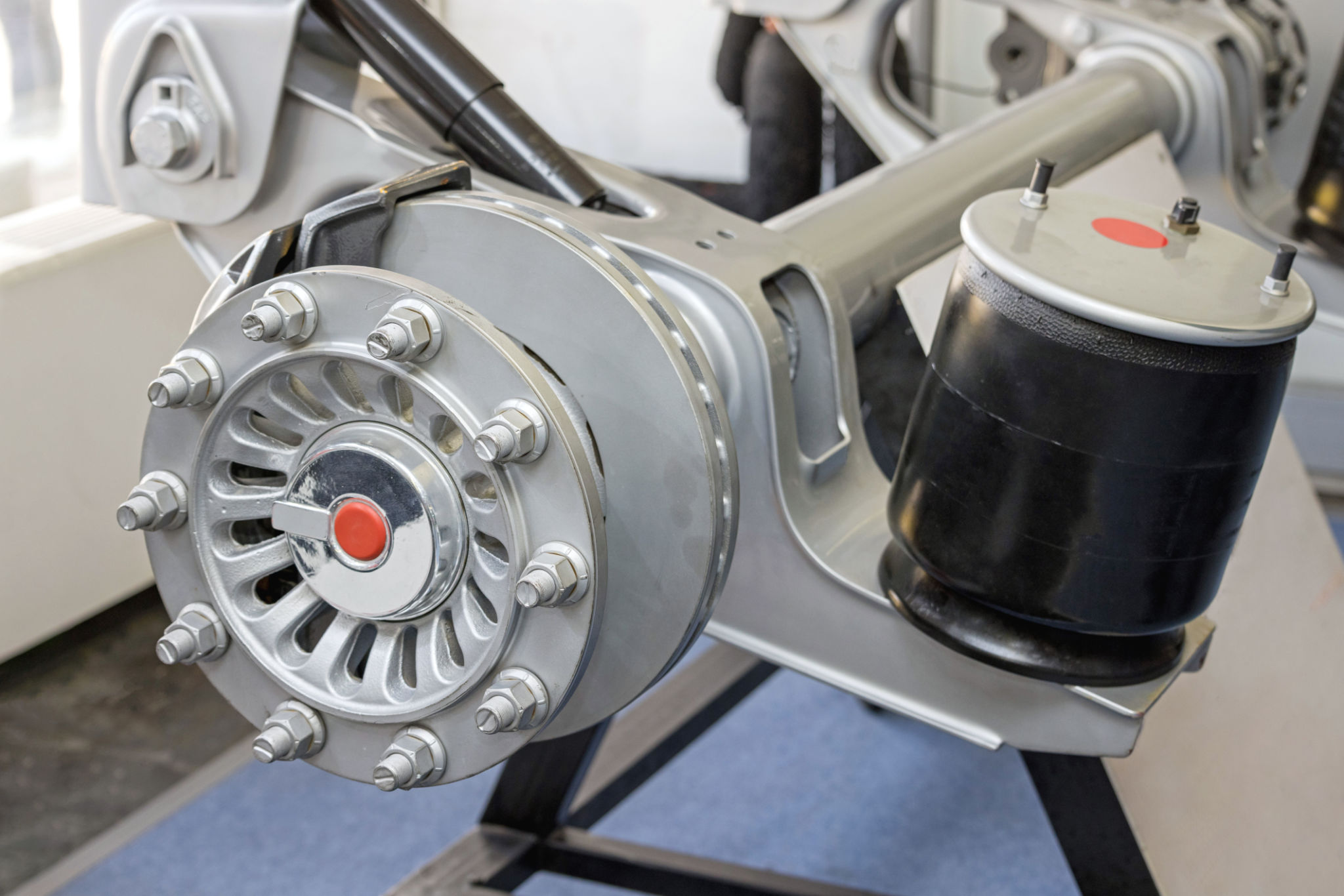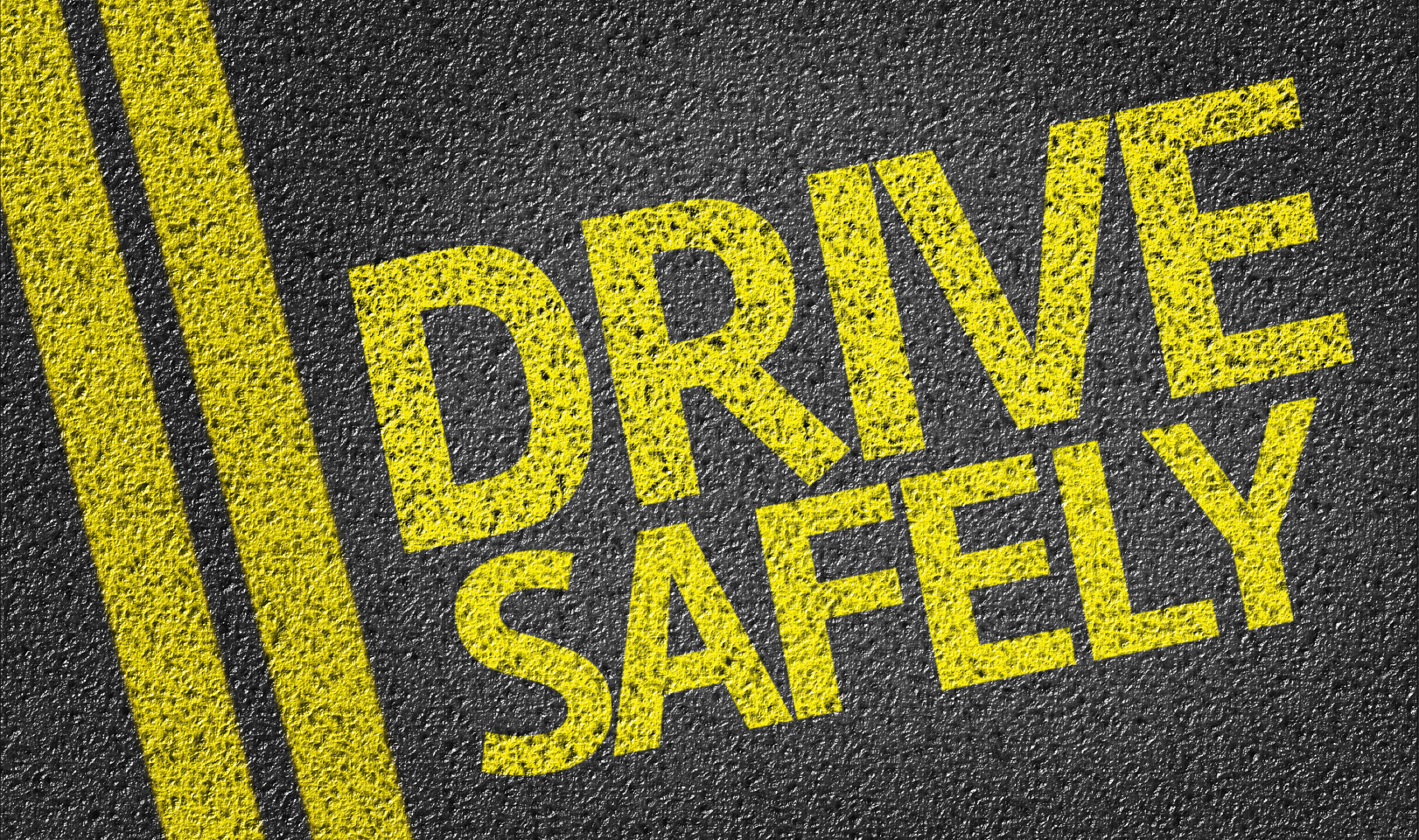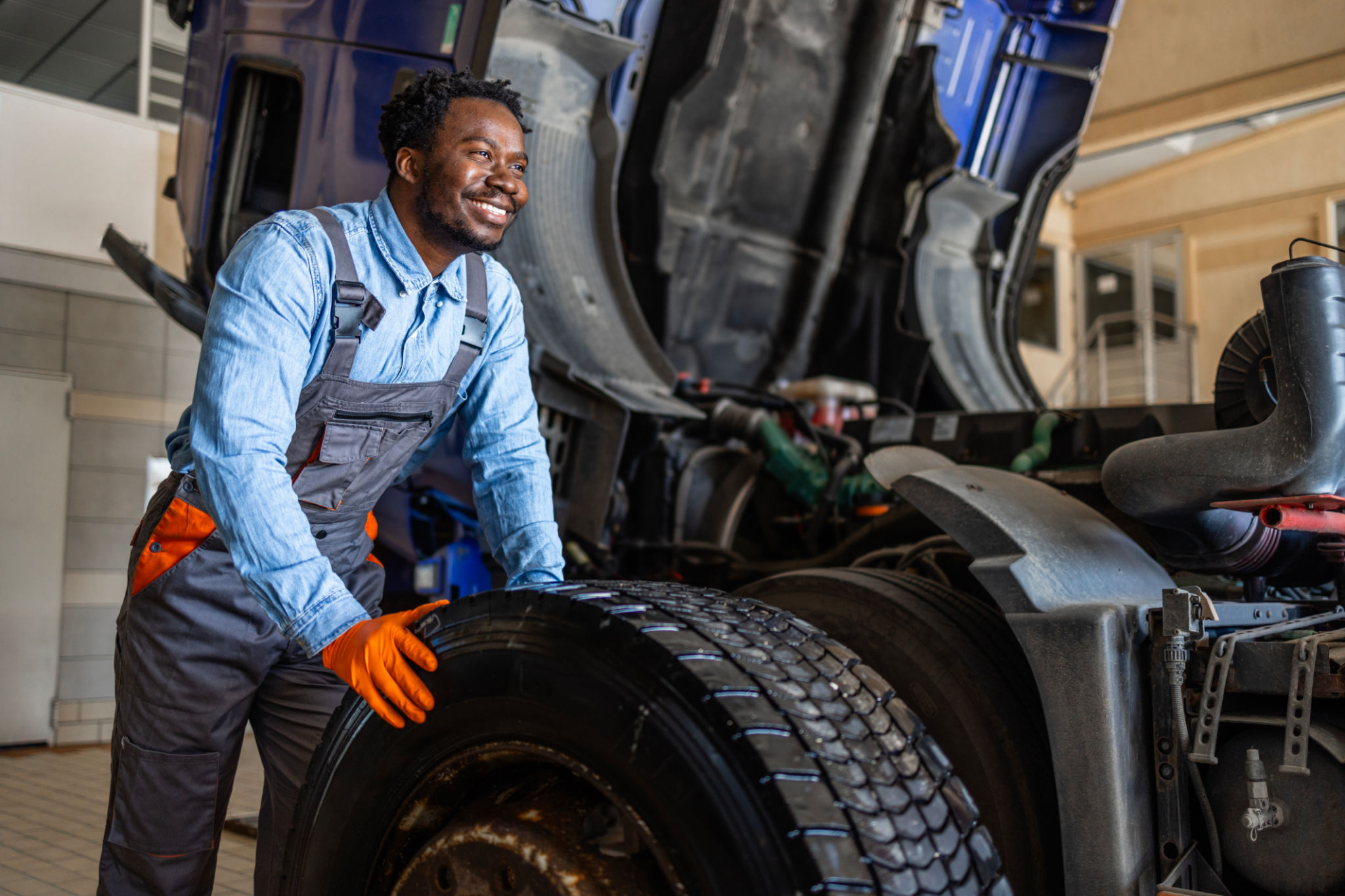DIY: Installing a Truck Lift Kit at Home Safely and Efficiently
Understanding Lift Kits
If you're looking to enhance your truck's off-road capabilities or simply want a more commanding view of the road, installing a lift kit might be the perfect solution. Lift kits raise the height of your vehicle, allowing for larger tires and better ground clearance. Before diving into the installation process, it's essential to understand the different types of lift kits available, such as suspension lift kits and body lift kits, as each serves a unique purpose.
Suspension lift kits are designed to increase the height of the suspension, allowing for more significant articulation and improved off-road performance. On the other hand, body lift kits raise the truck's body from the frame, providing additional tire clearance without altering the suspension system. Choosing the right type of lift kit depends on your specific needs and how you plan to use your truck.

Gathering the Necessary Tools
Before starting your DIY project, it's crucial to gather all the necessary tools and materials. Having everything ready will make the installation process smoother and more efficient. Here is a list of tools you’ll likely need:
- Socket set
- Jack and jack stands
- Torque wrench
- Drill and drill bits
- Safety goggles and gloves
Additionally, ensure you have a reliable instruction manual for the specific lift kit you're installing. This will provide detailed guidance tailored to your vehicle's make and model.
Preparing Your Work Area
Installing a lift kit requires ample space and a stable environment to work safely. Begin by parking your truck on a level surface and engage the parking brake. It's recommended to perform the installation in a well-lit garage or driveway to prevent any mishaps during the process.
Before lifting your truck, double-check that all necessary tools and components are within reach. Keeping your work area organized will save time and reduce stress throughout the installation.

Step-by-Step Installation Process
The actual installation process may vary depending on the type of lift kit and vehicle model, but here is a general outline to guide you:
- Securely elevate your truck: Use a jack to lift the vehicle and place jack stands underneath for added stability.
- Remove existing components: Carefully remove wheels, shocks, and any other components that might interfere with the installation.
- Install new lift kit components: Follow your instruction manual closely to install new parts such as spacers or blocks.
- Reassemble the truck: Replace any removed components and ensure all bolts are tightened to specification using a torque wrench.
- Double-check your work: Inspect all connections and make sure everything is securely in place before lowering the vehicle.
Ensuring Safety and Compliance
Safety should always be a top priority when working on your vehicle. Wear safety goggles and gloves to protect yourself from potential hazards. After installation, inspect your work thoroughly to ensure there are no loose bolts or components that could compromise your safety on the road.
It's also important to check local laws and regulations regarding vehicle modifications. Some areas have restrictions on lift heights and tire sizes, so make sure your modifications are compliant to avoid any legal issues.

Testing Your Newly Lifted Truck
Once your lift kit is installed, it's time to test your truck's new capabilities. Start by driving slowly in a safe area to get a feel for any changes in handling or performance. Pay attention to how your truck responds to steering inputs and braking to ensure everything is functioning correctly.
If you notice any unusual noises or handling issues, it's crucial to address them immediately. Double-check all components to make sure nothing was overlooked during installation.
Maintain Your Lift Kit
Regular maintenance is essential to keep your lift kit performing at its best. Periodically inspect all components for wear and tear, especially if you frequently take your truck off-road. Tighten any loose bolts and replace worn parts as needed to ensure long-lasting performance.
By following these steps, you can enjoy the benefits of a lifted truck while ensuring it remains safe and reliable for years to come.

